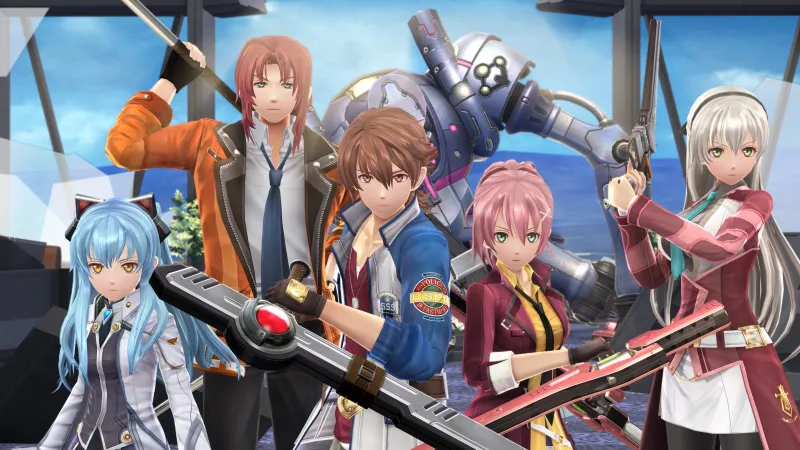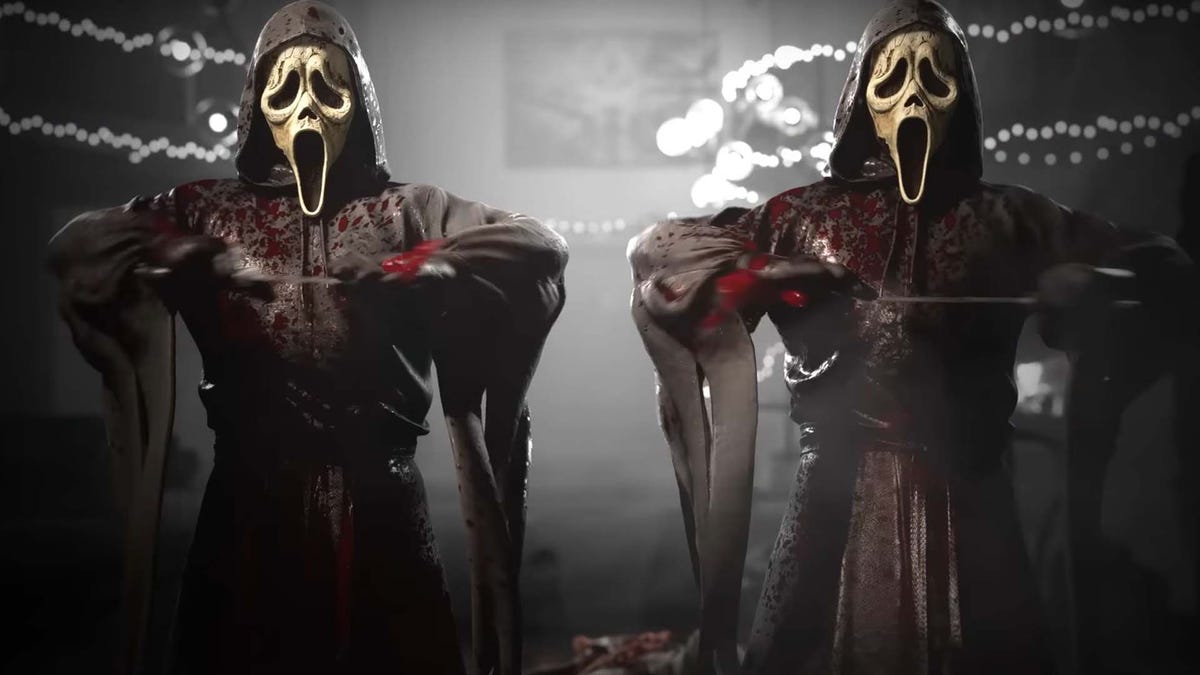For nearly 20 years, Nihon Falcom has created one of the richest ensembles of original characters, history, and politics in video games with The Legend of Heroes. Across three storylines (and counting), I’ve explored countless different places, cultures, governments and organizations, making the continent of Zemuria the most vibrant world I’ve ever experienced in this medium. Trails into Reverie, the latest installment in the long-running series, is a bittersweet climax; I may have to say goodbye to some of these characters for good after the series has successfully captured my heart.
After countless emotional moments of joy, shock, and tragedy, the further I progressed through this entry, the more afraid I became of saying goodbye to these wonderful and enjoyable characters that I have come to love so much. The combat just keeps building and evolving, and while the story is arguably one of the weakest of the series so far, the deep, ongoing theme of what makes someone who they are has stayed with me ever since. As the credits rolled, all I could think about was how grateful I was to have reached this point and been able to experience this unique epic.
To be clear, this is the 11th entry in an ongoing series. Starting with Trails in the Sky, playing them in the correct order is crucial to get the most benefit from the narrative. Trails into Reverie serves more or less as an epilogue chapter for the Crossbell (Trails from Zero/Trails to Azure) and Erebonia (Trails of Cold Steel I through IV) story arcs.
Six months have passed since The Great Twilight ended, and now that the autonomous state of Crossbell has been liberated from Erebonia, it will finally proclaim its independence until a known enemy foils the plans. Compared to the rest of the series, Reverie is arguably the off-the-beaten-track narrative, offering a more streamlined experience while still providing the quality storytelling and character development that longtime fans have come to expect.
Instead of presenting a main character, three different branches focus on a specific character – a series first. Reverie puts you back in the shoes of former main protagonists Lloyd Bannings and Rean Schwarzer, and a masked persona fans of the series will remember by the name “C”. The paths of these characters diverge in yet another compelling narrative as each overcomes the personal hardships they have faced in the past few games. Each character’s story has a satisfying ending and I’m glad there’s a chance they’ll return in future entries.
While significant things happen to both Rean and C, Reverie truly feels like Lloyd’s story, with the narration mostly focusing on his home, Crossbell. In the late hours of this nearly 60-hour entry (including recommended postgame content), I was able to explore Crossbell in full 3D. “Trails from Zero” and “Trails to Azure” presented an isometric perspective with characters in the style of a chibi model. So it’s been fun to see everything I’ve explored in these games in a new light while staying true to the original vision.
While the series is known to offer a degree of free exploration, Reverie is a much more streamlined experience, structured similarly to Trails in the Sky the 3rd. There are no traditional side quests, which is ultimately disappointing as I loved learning new stories about the world. However, The Legend of Heroes does a great job of making the locations you revisit throughout the various entries feel more evolved; Even if there isn’t much to do in a place you haven’t been to in several games, it’s still worth roaming around and talking to familiar faces.
The combat throughout The Legend of Heroes series, while great overall, has remained more or less the same from the start. It’s been simplified over time, which is annoying, but thankfully the core elements have remained intact. The only notable mechanic featured in this entry is called “United Front,” where you can unleash an all-out attack that deals massive damage to your enemies or heals your entire party. It didn’t fundamentally change my approach to combat compared to previous entries, but it definitely got me out of some sticky situations.
Story aside, the main gameplay experience takes place in a small place of existence known as the True Reverie Corridor. Not only does this serve as a sort of home base for the cast, but it also houses most of the side content, including purchasing gear, fishing (a staple of the series), and the simple but well-designed card game, Vantage Masters. Other activities include exciting trials with specific characters to earn unique upgrades, as well as a range of fun mini-games like a rail shooter and even trivia about the franchise.
However, the main purpose of the Reverie Corridor is to serve as a dungeon crawler that you can use to level up your party. As I explored each floor, I found treasure and formidable enemies that give me Seal Stones that I can use to unlock new characters, mini-games, and “Daydreams”. These compelling snippets of life are my favorite Reverie Corridor unlocks as they focus on events of various members of the cast that happen between the events of Cold Steel IV and Trails into Reverie. Arguably the best part of The Legend of Heroes is the large cast of well-written, detailed characters. The main story focuses on a select few though, so this is a great way to have what feels like an intimate last hurrah with them.
By the end of the game there were well over 40 characters to choose from for my party and for each of them I knew their intimate background and history from one or more of the previous 10 entries. This makes this entry feel like a tribute to these characters and the incredible quality of storytelling that has developed throughout the series.
The Legend of Heroes: Trails into Reverie is not your average game; Nearly decades of world building, character arcs, and detailed lore have led to this pinnacle. The franchise isn’t perfect, but this series is absolutely unique. It’s a monolith that should be recognized alongside icons like Final Fantasy, Dragon Quest, Kingdom Hearts, and Persona. The detail of the continent of Zemuria is unlike anything I’ve experienced in games before, and the cast now includes several of my favorite characters from the medium. Reverie has the daunting task of closing the page in three storylines that spanned nearly twenty years of characters and storytelling. While the narrative falls short in this chapter compared to previous entries, it still outperforms most other games in the genre. If Trails into Reverie is the last we see most of these beloved characters, it’s a great farewell.








